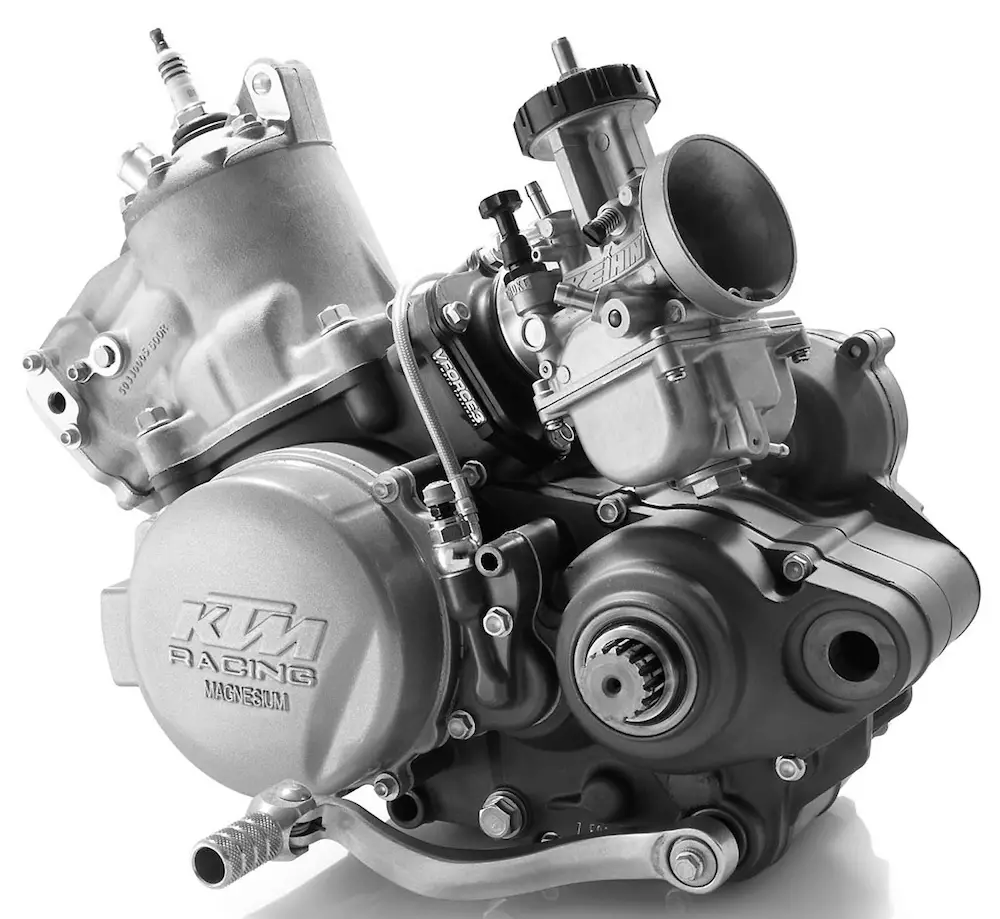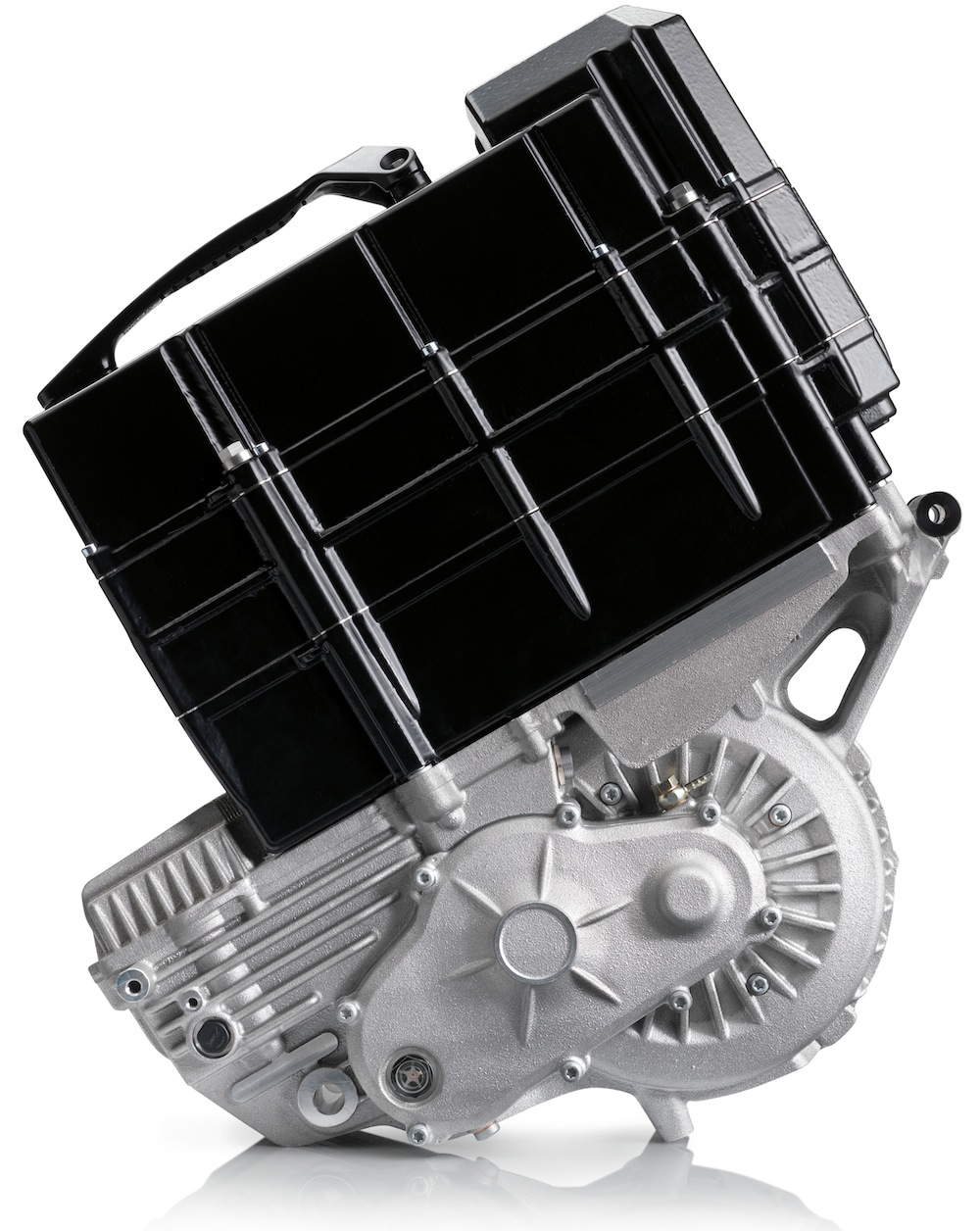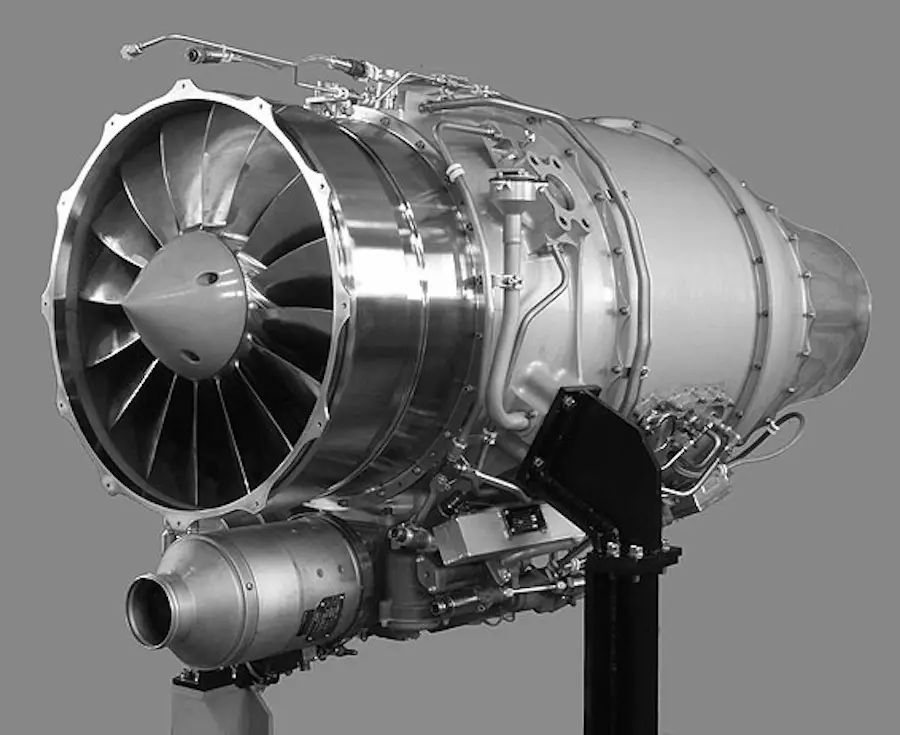CANADA STICKS IT TO THE TWO-STROKE & AMERICA AT THE SAME TIME
 New Canadian two-stroke rules: Do not touch the engine. No Americans allowed. Can’t you just go away and leave the factory teams alone?
New Canadian two-stroke rules: Do not touch the engine. No Americans allowed. Can’t you just go away and leave the factory teams alone?
Rather than knuckle under to the pressure of the Canadian factory teams to eliminate 250 two-strokes from the Canadian 250 Nationals, the CMRC knuckled under to the pressure of the factory teams. Yes, that does sound convoluted, but it’s all a matter of how the CMRC spins it. For the 2016 season they have passed a series of Draconian rules on two-strokes to insure that no factory 250 four-stroke rider is ever embarrassed by an equal-sized two-stroke again. On the other hand, they claim that they saved the two-stroke by neutering it.
The first major rule change is that only Canadian citizens can ride two-strokes. Say what? However, they don’t mean every Canadian citizen—since they have a list of Canadians who are not allowed to burn pre-mix. CMRC says that the 250 ProAm class has always been considered to be a developmental class for up-and-coming riders, and not one for established, top-level Pros (or anyone who isn’t Canadian). Which begs the question then of why there are factory teams in the development class and why those factory teams have any say about what bikes, modifications or nationalities race on 250cc motorcycles. To insure this mandate is withheld. Here are the new 250cc two-stroke rules. It’s okay to laugh.
 Welcome to Canada. No visa required.
Welcome to Canada. No visa required.
(1) Only riders that have a Canadian citizenship are permitted to compete on a two-stroke.
(2) A rider may not switch from a two-stroke to a four-stroke or visa-versa. The type of machine on which a rider begins the series is to be used to the completion (ie. Start on a two-stroke, finish on a two-stroke).
(3) Any rider that had an overall series finish in the top five in the 250 class at the CMRC Pro Nationals within the last three years is not eligible to compete on a two-stroke.
(4) Any rider that finishes in the top 5 in the 450 class will not be eligible to compete in the 250 class for the following three years
(5) The bike must remain in stock form from the intake manifold to the exhaust port, and all engine parts between those two points. All engine parts (ie. cylinder, cylinder head, piston, rings, rod, etc.) must be OEM for that year model. Intake manifold is defined from the rubber boot clamps to the carburetor. No porting or headwork allowed.
 No electric engines allowed unless recharged by Canadian shale oil from the Western Slope.
No electric engines allowed unless recharged by Canadian shale oil from the Western Slope.
(6) There are no restrictions on pipes or mufflers other than the fact that they must meet the sound rules.
(7) CMRC will conduct random engine checks throughout the series if necessary. CMRC will have a cylinder, cylinder head and piston from each manufacturer for comparison.
(8) Any bikes found to be modified will be excluded from the results of the day’s competition.
 Available for use on the starts by riders from Quebec only.
Available for use on the starts by riders from Quebec only.
(9) Aftermarket pistons, rings and crankshafts are permitted providing they have the stock OEM specifications.
(10) Modifications or replacement parts will be deemed illegal if they are not listed above.





Comments are closed.